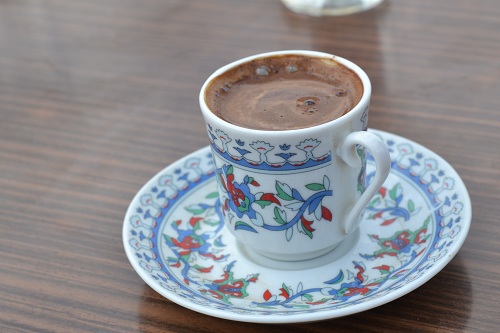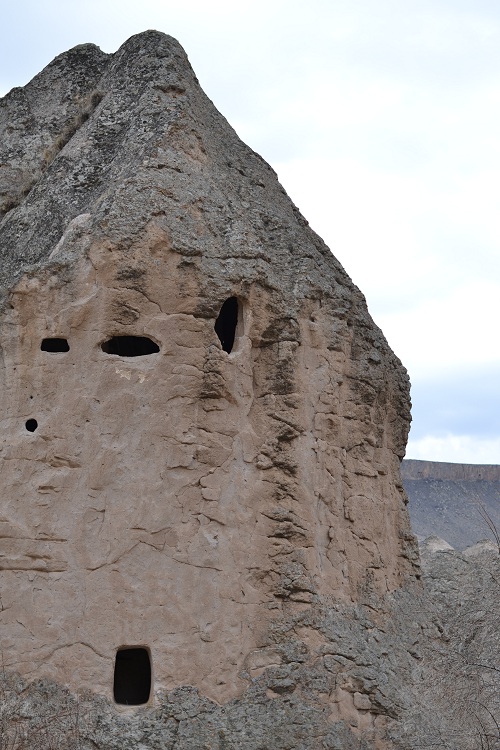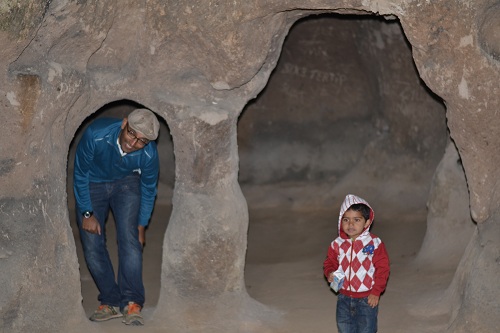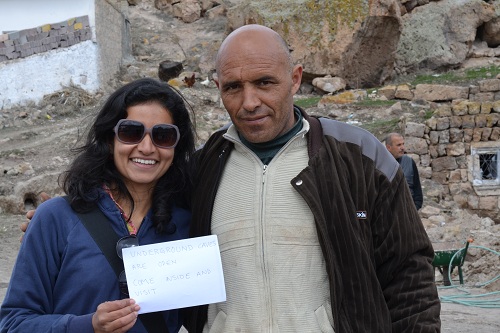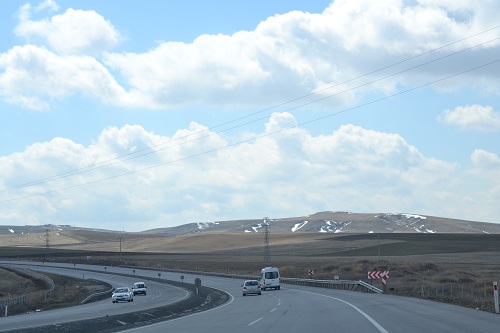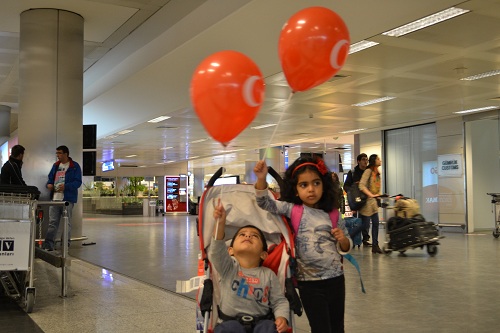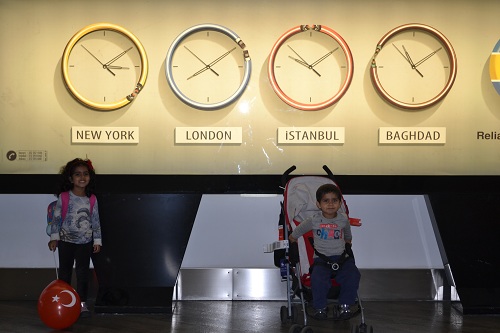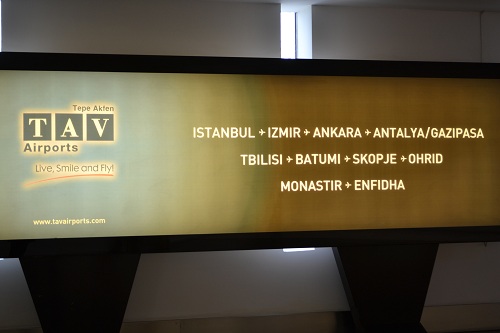We spent three nights in a cave. We’ve had some unique accommodation during our trip, but sleeping in the caves of Cappadocia certainly tops the list so far. The area around Cappadocia is full of cave like sleeping options, be them underground, in mountainsides or in one of the thousands of ‘fairy chimneys’ that bubble up from the earth. These conical structures are what characterizes the topography of Cappadocia and make it one of the most sought after tourist destinations in Turkey. They were created over millions of years when consolidated volcanic ash was exposed due to continuous erosion.
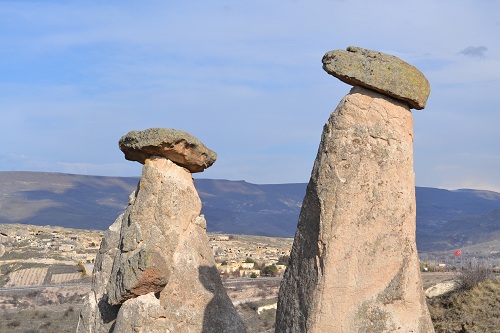
The area has been inhabited for over four thousand years and reinvented by its many settlers. Between the ancient Hittite, Persian, Arab, Byzantine, Ottoman and Christian history, Cappadocia seems to be a place lost in time. Its landscape also gives it the illusion of being lost in space. We have not been on the moon (yet), but we’d imagine that it looks something like Cappadocia.
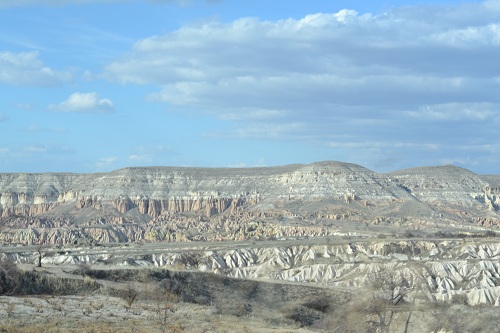
Over the past twenty years, Cappadocia’s most recent reinvention has been around the tourism industry. The fairy chimneys serve as homes as well as hotels, restaurants, hammans (bath houses), and stores. Towns, such as our temporary home of Goreme, have been built around the structures, to the point where it’s hard to tell where one chimney ends and a man made structure begins.
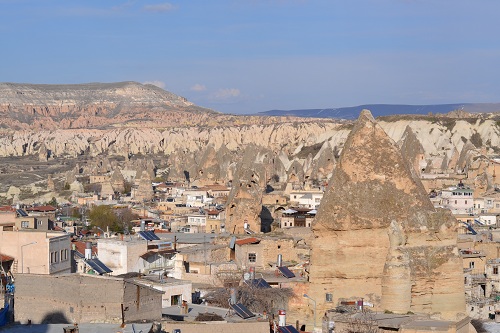
In addition to the bizarre landscape, the sense of spirituality left an impression on us. Up until a few hundred years ago, this area served to shelter Christians hiding from religious persecution. It was also in this region that Rumi and his resulting whirling dervishes spread their philosophy. Today, one can hear the frequent Muslim calls to prayer while visiting one of the many centuries old underground churches or monasteries. It all reminds us how far we have come – in many parts of the world at least – on religious tolerance. Most of us have the luxury of choosing what faith, if any, to follow. And with that, living in a cave can be a choice too.
